A single ATV tire can cost hundreds of dollars. Multiply it by four, and you have a significant investment.
After making this huge investment in your all-terrain-vehicle, you want to ensure the tires last, right? One of the best ways to keep your ATV tires free of wear and tear is with regular maintenance.
Unfortunately, if you have never put much thought into maintaining this part of your ATV in the past, you may be somewhat lost when it comes to getting started.
Don’t worry! We are here to help.
With our maintenance tips for ATV tires, we’ll help make sure yours last.
Choose the Right Size ATV Tires
Before considering how to maintain your ATV tires, you have to find the right ones. One of the most important considerations is the tire size.
When you begin searching for ATV tires, there are three numbers that determine the size you need, just like on traditional vehicles.
The first number is the height, second is width and third is the diameter of the rim the tire can be mounted on. Each of these numbers is presented in inches.
A good rule of thumb when purchasing aftermarket tires is that you can safely go an inch up or down, or an inch wider or narrower. However, it is still a good idea to check with the manufacturer as this may void the warranty.
The smaller tire you purchase, the less likely that tips and flips are going to occur, but your ATVs ground clearance will be reduced.
Every type of terrain you plan to drive on will have unique challenges. When purchasing tires, make sure to consider the type of riding conditions you will most often face. Cater to your specific needs.
The main type of ATV tires available to purchase include:
If you are a thrill chaser and are using your ATV on dunes or trails, then sand or racing tires are best. However, for use on a farm or large property, mud or snow and all-terrain tires are best.
However, for use on a farm or large property, mud or snow and all-terrain tires are best.
All-terrain tires are designed to do just as the name implies – perform well in several conditions. These are the most common type of tires selected because they have better lateral and vertical stability, but don’t work well in the snow or mud.
The snow and mud tires have deeper lugs, spaced further apart, giving them more traction control in slippery conditions. These aren’t a good choice for hard surfaces or turf.
Keep in mind, you can easily make custom additions to your ATV tires to accommodate various riding conditions, including tire studs that provide additional tread if you are driving in wintry weather, such as snow and ice.
Balance the ATV Tires
When you know how to balance the tires, you can enhance and even extend their useful life. This is especially the case when you opt for the highest quality tires available on the market. Also, it will help protect from abnormal wear and tear, by reducing vibration and improving the smoothness of the tires.
Also, it will help protect from abnormal wear and tear, by reducing vibration and improving the smoothness of the tires.
Additionally, tires that have traveled more than 5,000 miles should be rebalanced and changes made to keep them problem-free.
Wheel Alignment Can’t be Ignored
One way to tell if your ATV tires are properly aligned is to see if they are wearing faster than usual. This is evident if one side or a portion of the tire appears worn more than others.
Tires that are properly aligned will handle better, help prevent issues when traveling at higher speeds and provide better efficiency for the ATV.
Get the Pressure “Just Right”
One of the best things you can do when it comes to your ATV tires is to maintain the PSI. You need to check what the manufacturer recommends, and use this unless the specification is higher than the pressure limit printed on your actual tire.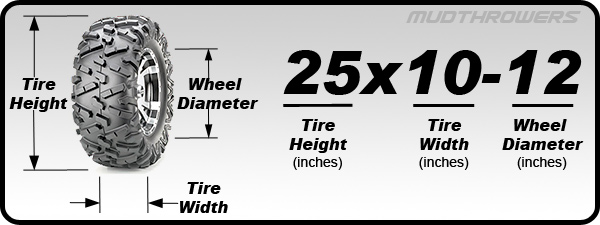
Perfect pressure makes a huge difference. If the tires are underinflated, the sidewalls and tread will wear down quickly. While this may still provide a smooth ride, you are risking punctures in the ATV tires, and even blowouts. This could leave you stranded and may even cause a serious injury.
If your tires are overinflated, they may be riding only on the center of the tread. This not only wears it down but also reduces your traction.
This is why we consider PSI an exact practice. You need to always make sure the pressure in your ATV tires is “just right” before you begin riding.
Always Be Prepared
You have likely heard the phrase, “expect the best, prepare for the worst.” This rule is applicable to when you ride your ATV and your ATV tires.
Make sure you take along a ratchet strap, flat kit, ATV helmet and other necessary tools. You can never tell when something may go wrong, and if you don’t have these items with you, you may wind up stranded.
Mind Warranty Instructions or Restrictions
When maintaining your ATV tires, make sure to read the manufacturer’s warranty carefully. There are some things that may result in it being voided.
For example, if you have the alignment or balancing of the tires done by an unauthorized mechanic, or install the wrong size tire, your warranty may be canceled. Be sure you are aware of the specifics before moving through with this type of maintenance.
Protect the Tires from the Sun when Not in Use
Over time, the UV rays from the sun can cause the compounds in ATV tires to break down. If you are parking your ATV outside when it isn’t being used, make sure to cover the tires or better yet your entire vehicle with UV reflective material or tire wheel covers.
You can purchase these items many places. If you don’t have access to covers, then another option is plywood.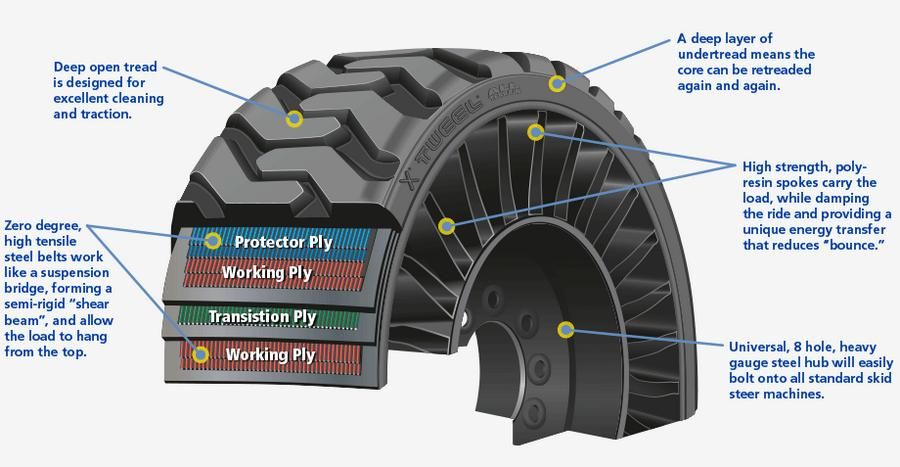 Lean pieces of plywood against each of your ATV’s tires to shield them from the sun. Make sure the wood is big enough to cover the entire tire.
Lean pieces of plywood against each of your ATV’s tires to shield them from the sun. Make sure the wood is big enough to cover the entire tire.
The best solution is to park your ATV inside. If an inside location isn’t available, try to find somewhere in the shade. Protecting them from the sun will help extend their useful life.
Protect the Tires from the Ground
This may sound silly but hear us out. Over time, pressure from the ATV on the same portion of the tire for extended periods of time can result in damage.
This is especially true if you park your ATV on the hot asphalt. Additionally, if the tires are parked in the same place, for a long time, dry rot may appear.
A great way to avoid the heat, and reduce the possibility of dry rot, is by jacking up the ATV when it is not being used and keeping the tires off the ground.
Another option is to position the tires on thin plywood, so they aren’t in direct contact with the hot surface of the ground.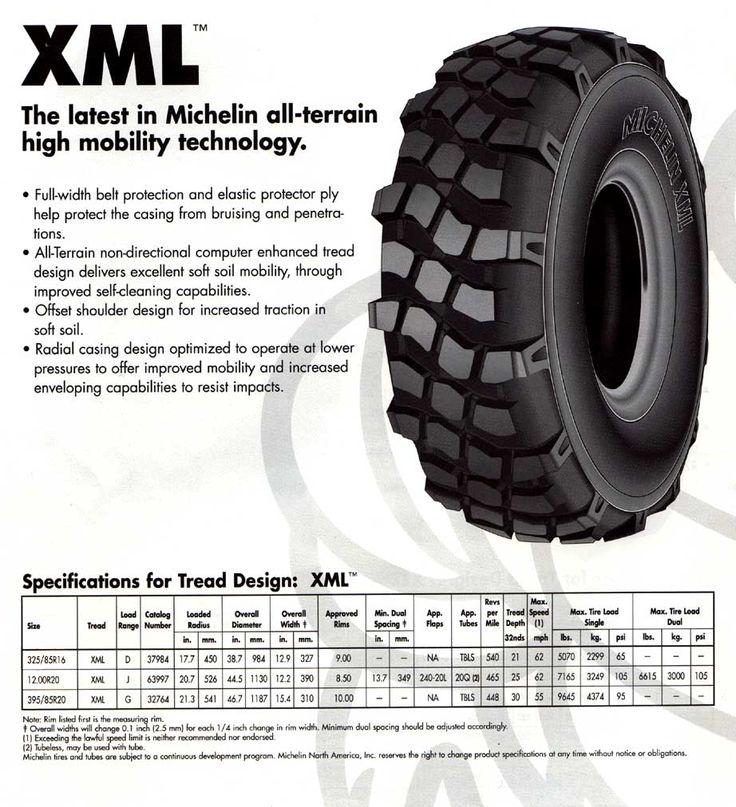
If you aren’t planning on driving your ATV for an extended period of time, make sure to move it occasionally. This will eliminate the pressure of the ATV being in the same spot on the tires.
Care While in Short- and Long-Term Storage
The tires on your ATV need to be properly inflated, even if it is only going to be in storage for a short period of time. Be sure to check the tire pressure regularly.
Also, avoid storing anything in or on the ATV while it is in storage, as this can lead to more pressure on the tires and the potential for more damage.
For longer-term storage, the wheels and tires need to be removed from your ATV. Once off the vehicle, underinflate them and make sure they are stored in a dark, cool location.
Clean the Tires
When you buy an ATV, one of the most exciting thoughts you have is getting dirty and having fun. While this is great, you can’t leave the tires dirty for extended periods of time.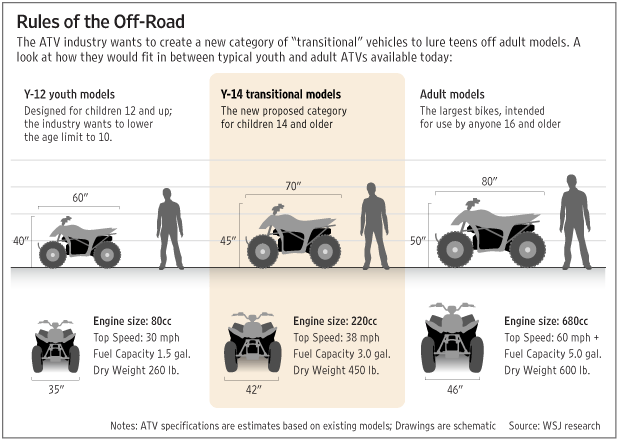
You should make sure to clean the tires after every ride, especially if mud and snow are involved.
To do this, all you need is a water hose, and for tough dirt and debris, a scrub brush. This will help you effectively remove the dirt and ensure damage doesn’t occur.
Keep Your Tires Properly Maintained for Best Results
Westshore Marine buy’s and sells massive amounts of tires each year due to our Lowest Price Guarantee saving customers thousands of dollars each year. So if you want to fully enjoy your experience on your ATV, regardless of if you are using it for work, fun or something else, maintaining the tires is a must.
With the tips here, you are on your way to making sure you make the most of the investment you have made.
If you want to know more about ATV tire maintenance, or when you should see professional service, contact us. Our team loves ATVs and can help ensure your tires remain in tip-top shape, regardless of how they are used.
© 2019 by Bill Uhl, ATV Expert Witness
When operating an ATV, UTV, ROV, SxS, RZRs or any of our new 4 wheeled off-highway vehicles with low pressure tires, manufacturers of different types of off-highway vehicles (OHVs) tell operators not to operate their vehicles on an asphalt surface, including sidewalks, paths, parking lots, driveways and roads. It’s not surprising if operators and new owners are confused because manufacturers do not fully inform them why this is so.
As a Safety Trainer and Court-Qualified Expert Witness regarding ATVs, UTVs, ROVs, SxS, RZRs and other off-highway vehicles, I’m often asked why manufacturers fail to explain the reasons why driving or riding on asphalt is a genuine problem. Manufacturers don’t inform the public that operating on asphalt can create a potentially life-threatening situation.
Manufacturers also fail to inform owners / operators that the problem also exists with other types of surfaces. The manufacturers only say that the operator might collide with a full-size vehicle if they’re on an asphalt road, saying the above surfaces may affect handling and could result in a loss of control.
The manufacturers only say that the operator might collide with a full-size vehicle if they’re on an asphalt road, saying the above surfaces may affect handling and could result in a loss of control.
Manufacturers also fail to explain that the below surfaces would affect handling and that all of the above conditions can and do exist off road. In other words, manufacturers’ warnings are incomplete at best.
Just think for a moment what makes asphalt quite different than most other surfaces.
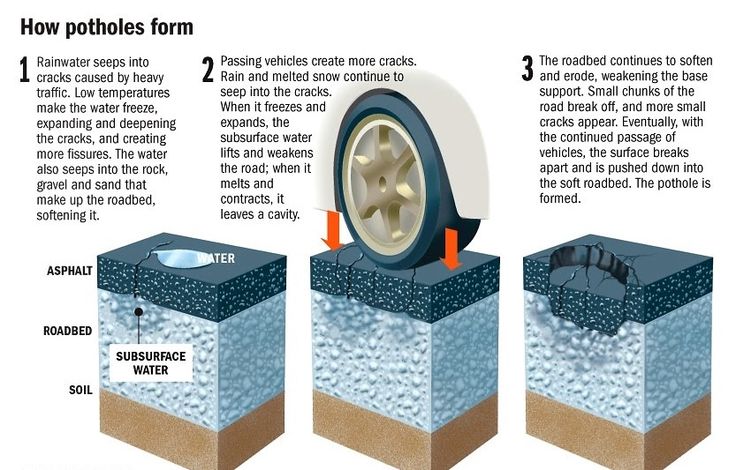
When you take the above into account, you begin to see part of what makes riding or driving on asphalt so dangerous.
Is asphalt the only surface that has some of these characteristics? No.
Think about other surfaces and what they present to the low-pressure tires of an OHV.

Think about how weather and moisture change all of the above materials, whether they’re in the form of rain, snow, frozen or “bone dry,” along with all of the variations to the moisture content of the surfaces.
The bottom line: How does the tire interface with the surface that it is being driven over?
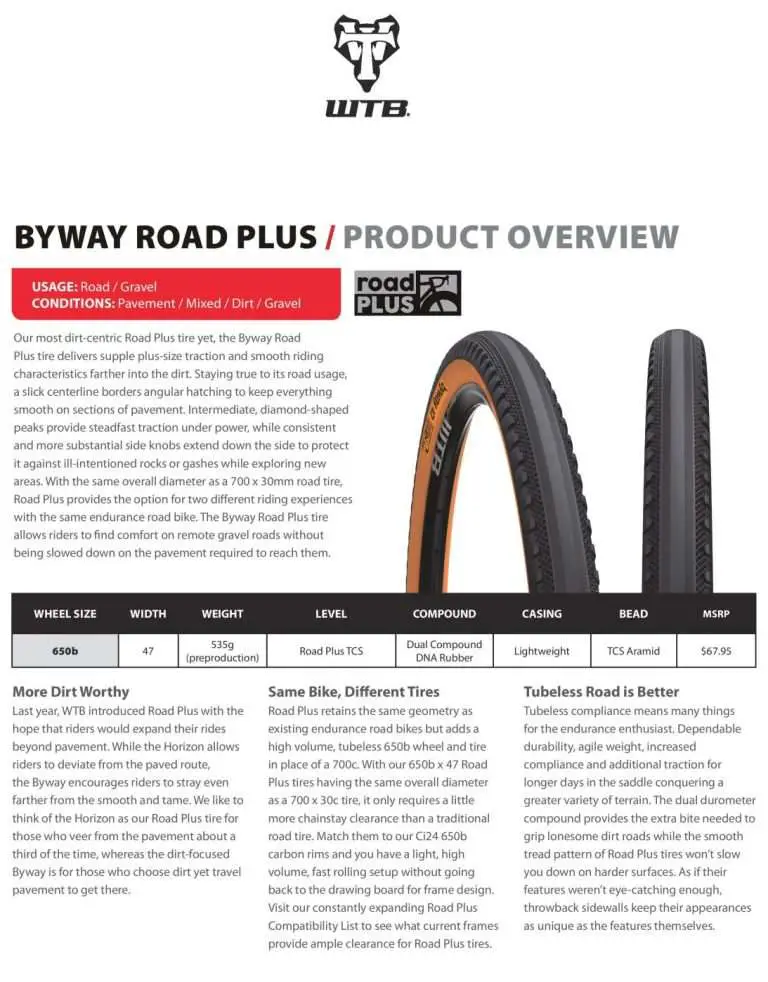
What do all of these surfaces have in common?
Each provides a different interface / amounts of traction / grip to the tires under diverse conditions found while riding or driving across the globe.
Type of tire tread and rubber composition, along with tire pressure in each tire, will have a dramatic affect on how much traction / grip the tires will have on any given surface. Then when you mix in throttle control, you get the most traction from what is available.
The asphalt surface is not really the problem. The problem is how much traction does the asphalt surface provide in relationship to other surfaces the operator is used to riding on?
Other surfaces, like slick rock or hard packed dry clay with embedded sharp-edged rock in it, provide close to maximum traction like asphalt. The amount of traction is only part of the equation.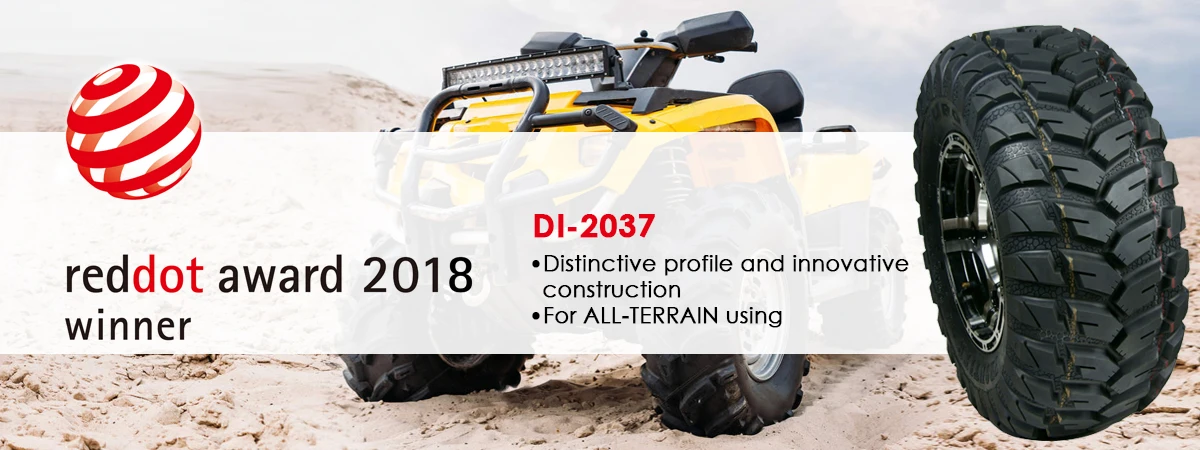 The real problem occurs when tires slip on whatever the surface they’re operating on and then unexpectedly regain traction. Tires re-adhering to the surface are the true cause of the problem, not the fact that the surface is asphalt. This re-adhering can occur on any type of surface, even on ice or other snow-covered surfaces.
The real problem occurs when tires slip on whatever the surface they’re operating on and then unexpectedly regain traction. Tires re-adhering to the surface are the true cause of the problem, not the fact that the surface is asphalt. This re-adhering can occur on any type of surface, even on ice or other snow-covered surfaces.
Note: Because the surfaces provide close to maximum traction, all steering input is exaggerated because low-pressure tires are designed to slip. When they don’t slip as designed, the steering input sensitivity is heightened.
Here’s the question you should ask yourself: Can the low-pressure tires slip slightly on this particular surface when you’re cornering? Or do they just grab the surface like a thousand little fingers clinging for dear life?
All of the little things add up to the genuine and very large problem. What matters is the amount of traction available on any particular surface because it’s not just asphalt that creates this problem (even though the manufacturers don’t tell owners / operators the true reason they should not drive or ride on asphalt).
NOTE: This article is not intended to be all-inclusive, It is designed to provide a foundation for the reader to learn from.
Bill Uhl is a Safety Trainer and Court-Qualified Expert Witness for cases involving all-terrain vehicles (ATVs), utility vehicles (UTVs / side by sides / ROVs / SxS / RZRs), snowmobiles, motorcycle dirt bikes, dual sport bikes and off-road bicycles trails. Uhl has completed over 75 cases while serving as an Expert Witness for both plaintiff and defense attorneys, this includes depositions and trial testimony. Click here for more information.
2. Do not park in reverse or forward gear, always put the ATV's shift lever in P.
3. Avoid using the ATV's emergency brakes while standing, you may put your body on the throttle and make things worse.
4. When unwinding the winch cable, use the electric drive, not the drum lock. Do not unwind the winch by hand and it will last a long time, especially the WARN winch. nine0003
5. When packing things in the trunk, especially a thermos or food, fill any remaining empty space with rags or something useful. Take extra clothes, shoes, gloves, rope, etc. There should be no free space in the case. Otherwise, everything will be broken, scattered and damaged.
6. Drive on asphalt with rear wheel drive only. Drive on the ground only in full drive. Be sure to downshift L before mud, large puddle, swamp, etc.
7. BRP Can-Am owners, do not get carried away with slipping, try to move in tightness or propulsion. Skidding - back up or use a winch. The variator belt will "say" you thank you.
8. Do not ride the Yamaha Grizzly together with a loaded case.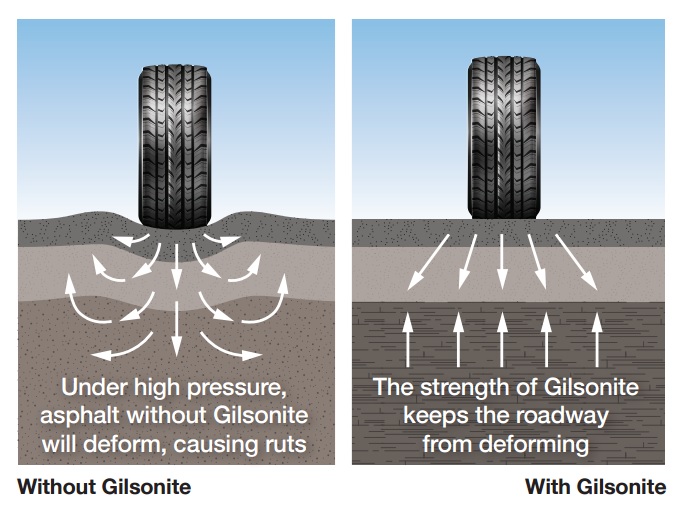 The grizzly becomes very unstable and easily flips back. Over time, the frame bursts. Grizlik is a single-seat ATV!
The grizzly becomes very unstable and easily flips back. Over time, the frame bursts. Grizlik is a single-seat ATV!
9. Do not ride the ATV alone, especially in the woods and off-road. The ATV rolls over easily and can crush the rider with its weight. The weight of the ATV is from 350 to 500 kg, it is difficult to get out from under it without help. nine0003
10. Always wear a helmet. It's not even a matter of falling, in the forest you can be hit on the head by a branch or a stone that has flown out from under the wheels of the ATV in front.
11. Do not fly at speed into an unfamiliar puddle, there may be a step, a pit, a stone, a log.
12. Do not force an unfamiliar ford without checking. Walk it on foot first and check the depth.
13. When driving out of a puddle, ditch, pit, or just driving over a hill, do not step on the gas abruptly, especially if the ATV is on rear wheel drive. The ATV may roll over backwards and crush you. nine0003
14. Always clean the muffler and drive boots from peat and dirt, especially before leaving the road after the swamp and mud. When the muffler is heated at high speeds, peat particles can ignite and cause a fire.
When the muffler is heated at high speeds, peat particles can ignite and cause a fire.
15. If the ATV sinks in the water, and there is no chance to leave, you need to have time to turn off the engine. Repairing a disabled engine will cost less.
16. Use beadlock discs if you're riding in the mud. With beadlocks, the risk of “taking off your shoes” is minimal, in addition, on some tires, such as Assassinator or Cryptid, punctures are not terrible and you can drive with zero pressure to a garage or tire fitting even on asphalt, no consequences for the tires will come. nine0003
17. Do not trust homemade snorkels from the plumbing range, such plastic is not designed for vibration and heat.
18. Never stop the ATV in water or mud unless it sinks. After driving out of the mud or water, blow the muffler mesh, put the gearbox in neutral and turn on the gas.
19. Be sure to wear goggles in the woods with a cross helmet. The branch can get under the visor and further into the face and eyes.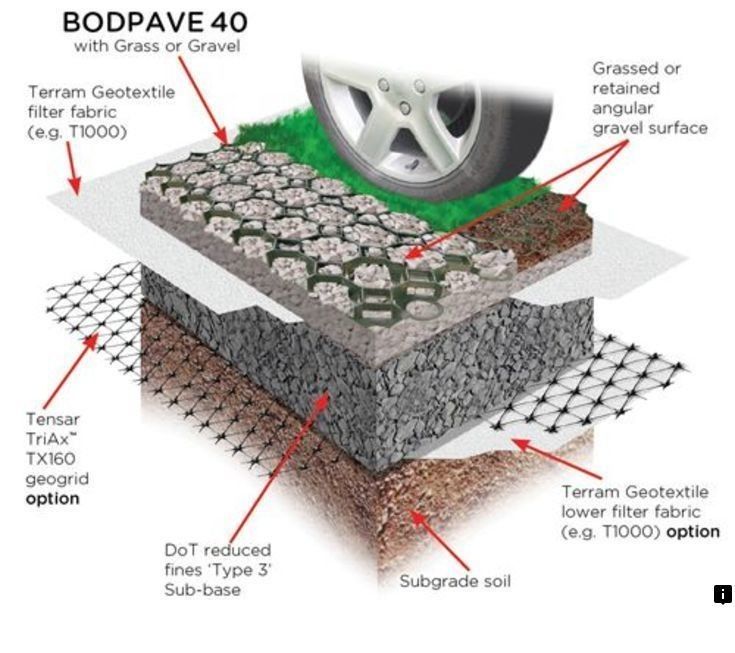
20. Always carry a first aid kit, clamps, adhesive tape, drinking water, etc. with you. Detailed list of required items. nine0003
21. Be sure to unwind and dry the winch cable after use, in the garage or in the parking lot.
22. Do not use a straight-through muffler without a controller, it is not good for the engine, and the temperature of an unadjusted muffler and exhaust will usually exceed all acceptable limits, which will lead to plastic melting and other damage.
23. When arranging a barbecue with friends at the dacha or at home, do not let them ride a quad bike. Something will definitely be broken and perhaps relationships with friends will be ruined. With rare exceptions, this is exactly what happens. nine0003
24. When transporting the ATV on a trailer, do not secure it with a winch cable, as this will damage the winch over time. Use special cables, rope, tie-down straps, etc., but not a winch.
25. Be careful in the forest in spring, after winter there are various traps, spikes, nails, stretched wire, etc. in the forest. The reasons for the appearance of these items are different, now we will not talk about it. Be attentive and careful!
in the forest. The reasons for the appearance of these items are different, now we will not talk about it. Be attentive and careful!
Together with ATV club NorthWay
Creative video about INTERPARTS actuators
Watch with sound, cover your children's ears, buy actuators here after watching
03/16/2015
BRP Can-Am Maverick Interparts Drive Installation Instructions
Step-by-step instructions for installing or replacing an Interparts drive, with commentary. Recommended for viewing on your own...
02/26/2015
You can save a person!
01/22/2020
Yamaha 2019 - the latest news
For Yamaha, 2019 turned out to be a fruitful year: several new products for lovers of two appeared on the Russian market at once...
Is everything all right here? Why are snowmobiles in the water?
08/21/2019
Taiga Motors - new electric snowmobile
Taiga Motors, the developer of electric snowmobiles, has announced a third generation electric snowmobile line called. ..
..
06/13/2019
Introducing the new SHERP
SHERP MAX all-terrain vehicle - the new model has grown in size and has become more comfortable.
05/26/2019
Nikola NZT electric buggy
Nikola Motors introduced the NZT off-road buggy. The novelty is equipped with four electric motors, capable of accelerating ...
04/18/2019
2020 Yamaha snowmobiles
After the release of the 2019 line, many people wondered what Yamaha had in store for the future. Last year's adjustment looks like...
03/27/2019
"Snowmobile Bible" Sergey Kubanov
Guidelines for conscious control
Description Reviews (0)
The Kenda K546 Speedracer doesn't look like an ATV tire at all, more like a sports car tire. It's all about her "target audience". It is the owners of those ATVs that move mainly on hard surfaces, including asphalt. Another key feature of this model is that it can only be installed on the front axle. In this case, it is recommended to use the K547 model with the same name on the rear axle. In this case, it will be possible to achieve optimal controllability. nine0003
In this case, it is recommended to use the K547 model with the same name on the rear axle. In this case, it will be possible to achieve optimal controllability. nine0003
AGGRESSIVE ROAD tread pattern
In an effort to give the Kenda K546 Speedracer tire maximum performance on hard pavement, the designers opted to take advantage of the V-shaped tread pattern with a typical car design. It contains many massive blocks arranged in such a way that in contact with the road they form a large number of very long transverse grip edges. This solution allowed to improve several important operational qualities at once. First of all, it is directional stability at high speed, fast and precise reactions to the driver's actions, as well as stability and excellent braking performance. nine0003
At the same time, one cannot fail to note the rather large distance of the blocks, as well as their relatively large height. This feature allows the tire to remain capable enough when driving on hard ground surfaces, such as gravel, making it more versatile in use.